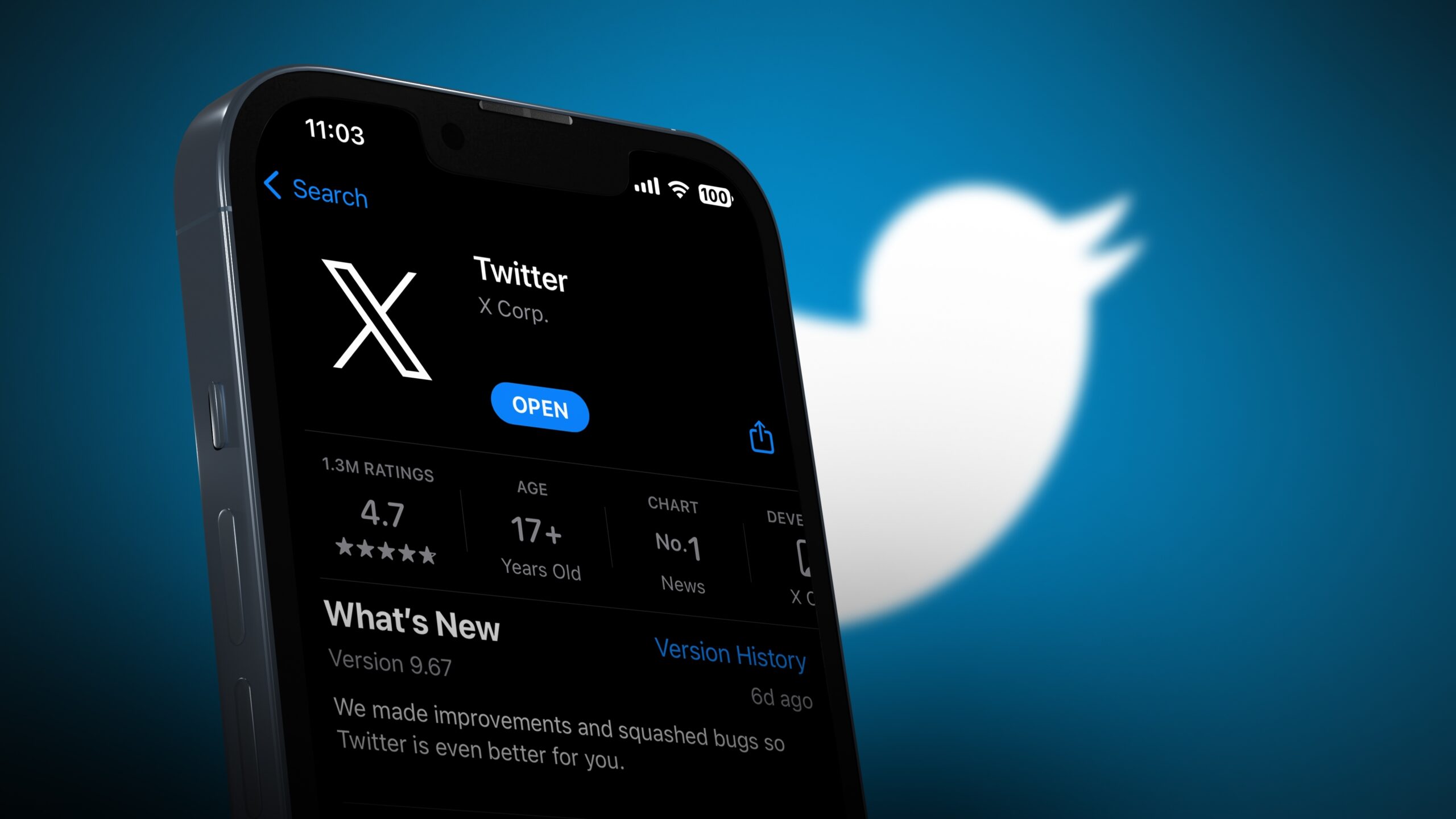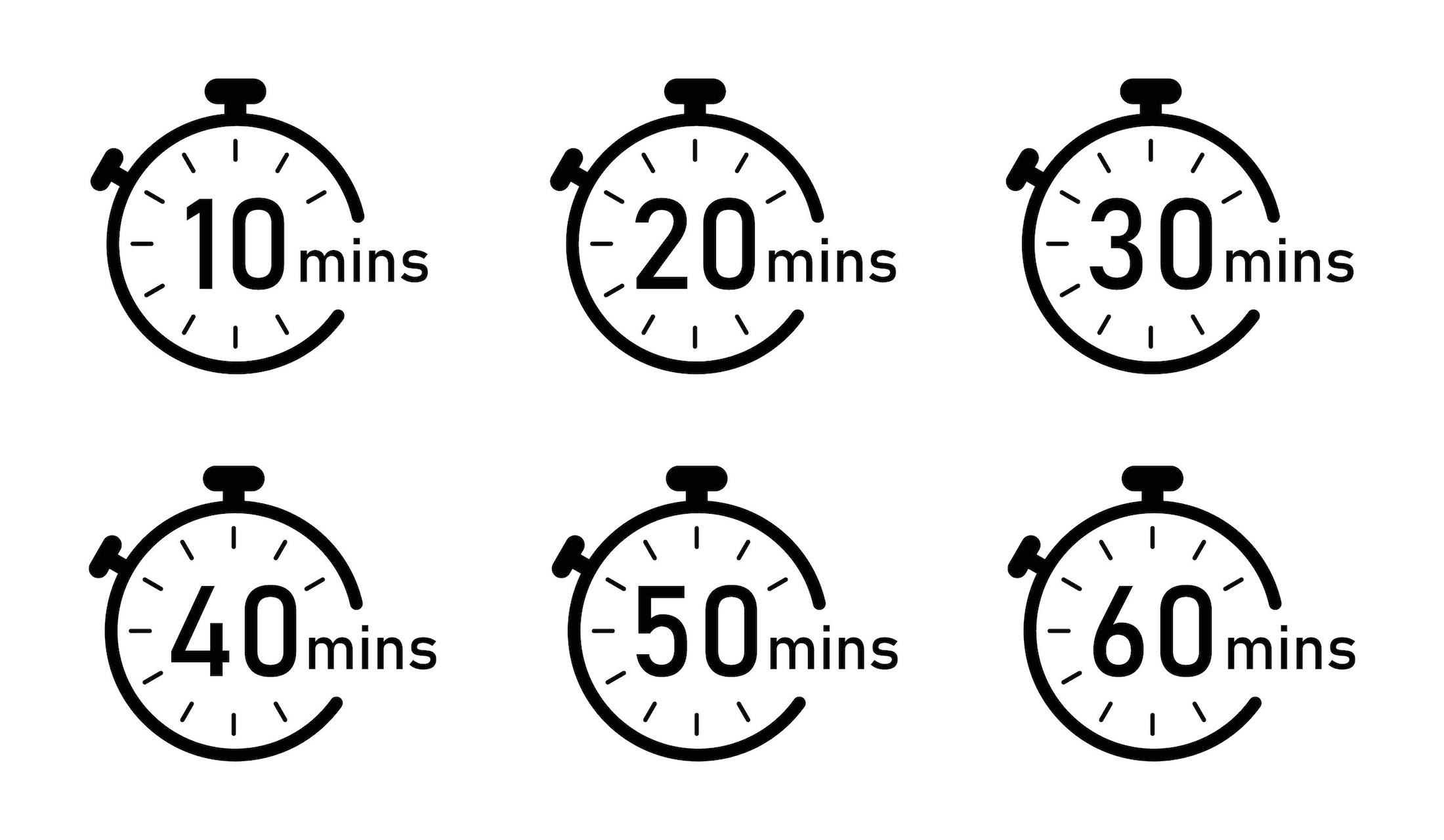When Twitter launched in July of 2006, no one knew what to call its messages or even what it might be used for. Twitter didn’t replace or amplify any already-existing form of communication. Indeed, the choice of the name “Twitter” gives us an idea of the non-essential nature of the platform at its launch. According to the founders, “We came across the word ‘twitter’, and it was just perfect. The definition was ‘a short burst of inconsequential information,’ and ‘chirps from birds’. And that’s exactly what the product was.”
Today, with more than 336 million monthly active users worldwide as of Q1 2018, Twitter is no longer the plaything of distracted teenagers. It is one of the biggest news and social networks worldwide. Its iconic bluebird logo is universally recognized. And it has morphed into an extremely valuable communications tool: it’s the go-to social network for contacting a media outlet; it has been a major weapon in the protection against reputational risk, offering customer service and driving engagement with a promotion or corporate story.
By definition, the format forces you to Keep It Short and Simple (KISS), and its success bears witness to the explosive power of using fewer words. But, as the saying goes, with great power comes great responsibility: Twitter is not a toy.
Part Of Your Today’s Arsenal
It is a key part of the communications arsenal for major corporations, media organizations…and politicians. Creating and sending a tweet should be part of your communications strategy, not something the CEO does on a whim, or an activity the marketing department develops independent of the corporate story line. Twitter can work against you as easily as it works in your favor.
Consider the perils of “reckless tweeting”—for example, Donald Trump’s retweet of three anti-Muslim videos posted by the leader of a far-right British political group, which drew international outrage and a sharp rebuke from UK Prime Minister Theresa May, who said Trump was “wrong” to share them.
Twitter can also be used in legal actions as part of a trail of evidence leading to conviction. Take the case of Peter Nunn from Bristol, England, who was jailed in 2014 after subjecting MP Stella Creasy and feminist Caroline Criado-Perez to a string of abuse on Twitter.
Then there are defamation cases. In 2017, the ruling in a libel action brought in the UK by writer and food blogger Jack Monroe against Daily Mail columnist Katie Hopkins stated that even though “a person can have a low opinion of another … the other’s reputation can still be harmed by a fresh defamatory allegation.”
And consider the exposure of biases: Pepsi’s recent Twitter video ad (yes, Twitter encourages video) in which Kendall Jenner hands an on- duty policeman a can of the soft drink during a demonstration. Public outcry slammed Pepsi for being against demonstrations, anti- democracy, and just plain insensitive. Pepsi ended up issuing apologies via Twitter to the public at large and to Jenner individually (which itself launched another round of public protest).
But properly used and monitored, Twitter is more beneficial than not. There are a few pointers we can share that will not only help you to create successful campaigns but in so doing help you avoid the pitfalls of an errant tweet.
Are You Creating the Right String?
Ask yourself the following questions…
- What’s your strategy? If you start tweeting without one, your tweets are useless. They should aim at the same goal as the rest of your communications and marketing messaging. This creates consistency and increases your return on investment.
- Who’s your audience? Twitter audiences are smaller and more targeted than those you’ll find on Facebook. This has the added value of allowing you to tailor your message even more. But it won’t work unless you understand who will be reading your tweets.
- Are you ready to post more than once a day? Twitter comments fly back and forth at record speed, and your followers will want and expect to hear back from you. Not only do you need to be ready to watch the “feed” or “string” of comments, you have to be ready to intercede and correct or amplify as needed to reinforce your message with next-stage tweets, as well as retweeting and commenting on others’ tweets in the same string.
You don’t have to be chained to your Twitter feed (or any other social media site) thanks to social media monitoring tools such as Buffer and TweetDeck. But only a skilled human can spot when a tweet is going in the wrong direction and correct it. As Twitter now allows 280 characters per tweet and can incorporate video, you might consider enhancing your message with tools such as Stencil or Pablo. What’s more, recent Twitter stats show that longer tweets actually get better responses.
As powerful as Twitter can be, tweets alone will not carry your message. One single channel is never enough in today’s world of communications. Twitter—and other social media—should be part of your overall communications strategy, and while the message must be consistent if it is to be effective, it must be presented differently on each platform in order to take full advantage of the technical, emotional, and psychological attributes of each. Copy-paste just isn’t effective.
And remember, though Twitter is electronic, it is a platform on which users expect to engage with real people who work for real companies. This is especially relevant in the wake of recent revelations of “trolling.” Twitter users anticipate a response to their comments and questions. Automated social media tools can assist you in handling traffic, but without the human touch, they will not go far enough in satisfying your audience and clients. I repeat: Twitter is not a toy. Use it wisely!
Click here to see all Adrian Dearnell’s Forbes contributions





